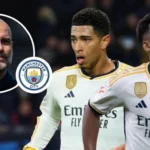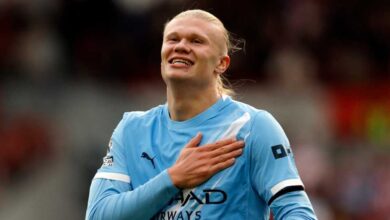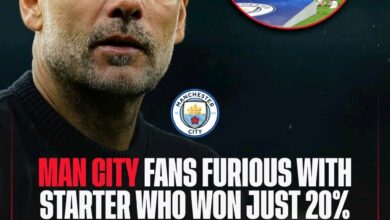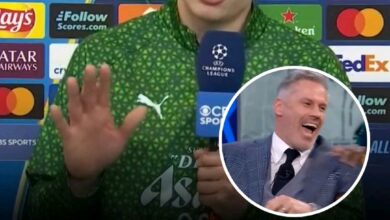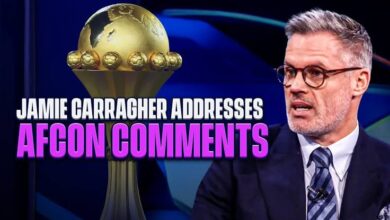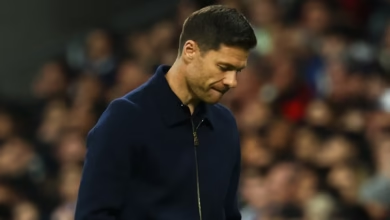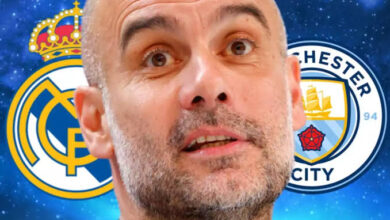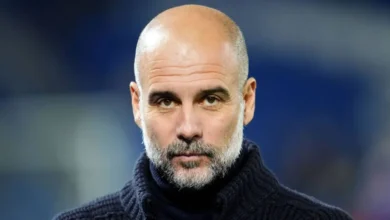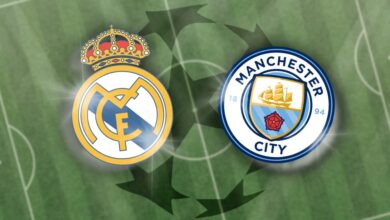Real Madrid Transfer News Roundup: Manchester City want Los Blancos ace, club eyeing Ibrahima Konate,
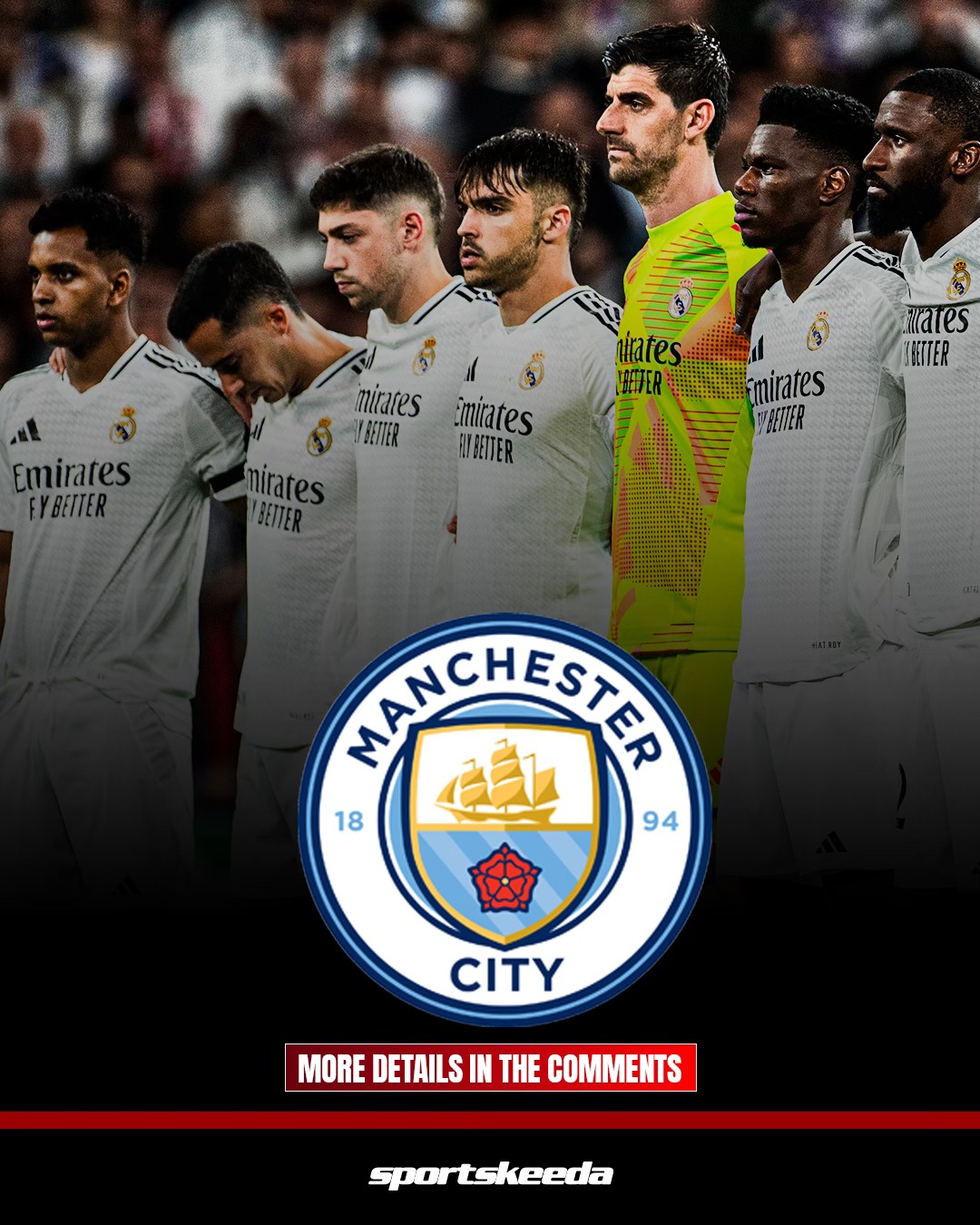
The summer of 2025 may well be remembered as the period when the transfer relationship between Liverpool and Real Madrid reached unprecedented complexity. What began with Trent Alexander-Arnold’s long-anticipated move to the Santiago Bernabéu has evolved into a multi-layered saga involving some of European football’s most coveted talents. The latest developments suggest that Liverpool defender Ibrahima Konate could follow his former teammate to Madrid, while Real Madrid’s Rodrygo finds himself increasingly linked with a move in the opposite direction. This intricate web of potential transfers represents more than mere player movement; it embodies the modern football landscape where club loyalties, financial considerations, and tactical requirements intersect in increasingly complex ways.
The Alexander-Arnold Precedent: Setting the Stage
The departure of Trent Alexander-Arnold to Real Madrid in June 2025 marked the end of one of the most protracted transfer sagas in recent memory. The Liverpool-born defender’s move to the Spanish capital, secured for a £10 million fee just weeks before his contract expiration, sent shockwaves through the football world and established a precedent that now threatens to reshape the relationship between two of Europe’s most successful clubs.
Alexander-Arnold’s decision to join Real Madrid was not entirely unexpected, given the persistent rumors that had circulated for over a year. However, the manner of his departure – leveraging Liverpool’s participation in the Club World Cup to secure a modest transfer fee rather than leaving on a free transfer – demonstrated the evolving dynamics of modern football negotiations. The timing proved crucial, as Liverpool’s involvement in the expanded Club World Cup provided additional leverage in securing some compensation for their departing star.
The psychological impact of Alexander-Arnold’s departure cannot be understated. For Liverpool supporters, losing a homegrown talent who had been instrumental in some of the club’s greatest triumphs represented more than just a transfer; it symbolized the harsh realities of modern football economics. The move also established a template for how Real Madrid might approach other Liverpool targets, using the allure of the Bernabéu and the promise of Champions League glory to attract premier talent.
Ibrahima Konate: The Next Target
In the wake of Alexander-Arnold’s departure, attention has quickly turned to another Liverpool defensive stalwart: Ibrahima Konate. The 26-year-old French international has emerged as Real Madrid’s next priority target, with reports suggesting that the Spanish giants are prepared to wait until his contract expires in 2026 to secure his services on a free transfer. This patient approach reflects Real Madrid’s long-term strategic planning and their understanding that quality defenders of Konate’s caliber are rare commodities in the modern transfer market.
Konate’s journey to this point has been marked by steady progression and consistent improvement. Since joining Liverpool from RB Leipzig in July 2021 for £36 million, the French defender has established himself as one of the Premier League’s most reliable center-backs. His combination of pace, aerial ability, and reading of the game has made him an integral part of Liverpool’s defensive structure under both Jürgen Klopp and his successor, Arne Slot.
The defender’s physical attributes make him particularly suited to the demands of modern football. Standing at 6’4″ with exceptional pace for a player of his size, Konate possesses the tools necessary to excel in high-line defensive systems. His ability to recover when caught out of position, combined with his comfort in possession, makes him an ideal candidate for Real Madrid’s tactical approach under their current management structure.
Konate’s previous comments about Real Madrid’s interest have provided insight into his mindset regarding potential moves. When asked about links to both Real Madrid and Paris Saint-Germain in February 2025, he stated: “To hear big clubs like that are showing interest in me is very flattering! Now I’m focusing on this season, giving it my all and I’ll let my agents take care of the rest.” These diplomatic yet revealing comments suggest that while Konate remains professional in his approach, he is clearly aware of the interest from Europe’s elite clubs and is not dismissive of potential opportunities.
The Strategic Value of Konate for Real Madrid
Real Madrid’s interest in Konate represents more than just opportunistic recruitment; it reflects a strategic assessment of their defensive needs and long-term planning. The Spanish giants have identified the need for a defender who can provide both immediate impact and long-term value, characteristics that Konate possesses in abundance.
From a tactical perspective, Konate’s skill set aligns perfectly with Real Madrid’s playing style. His ability to play out from the back, combined with his defensive solidity, would provide the perfect foundation for Madrid’s attacking approach. The French defender’s pace would be particularly valuable in Real Madrid’s high-line system, allowing them to maintain their aggressive pressing while having the security of a defender capable of covering large distances when needed.
The financial aspect of pursuing Konate also makes strategic sense for Real Madrid. With the player’s contract set to expire in 2026, Real Madrid could potentially secure his services without paying a transfer fee, representing exceptional value in the current market. This approach aligns with Real Madrid’s recent transfer strategy, which has focused on securing top-quality players at optimal financial terms.
Konate’s age profile – 26 years old – represents the ideal balance between experience and potential longevity. He is entering his prime years as a defender, with the potential to contribute at the highest level for several more seasons. This demographic sweet spot makes him particularly attractive to Real Madrid, who seek players capable of immediate impact while offering long-term value.
Liverpool’s Defensive Dilemma
The potential departure of Konate would represent a significant blow to Liverpool’s defensive stability. Having already lost Alexander-Arnold, the prospect of losing another key defensive player would force major tactical and personnel adjustments. Arne Slot’s system has been built around defensive solidity, and Konate’s departure would necessitate significant changes to the team’s structure and approach.
The timing of Konate’s potential departure is particularly problematic for Liverpool. Unlike Alexander-Arnold’s situation, where the club was able to secure a modest transfer fee, Konate’s contract expiration would leave Liverpool without any compensation for losing a player they invested £36 million in just four years earlier. This scenario represents the modern reality of football economics, where players increasingly hold the power to determine their own destinies.
Liverpool’s response to this potential crisis has been proactive, with reports suggesting strong interest in Crystal Palace defender Marc Guehi. The English international, who is also out of contract next summer, represents a potential solution to Liverpool’s defensive needs. Guehi’s Premier League experience and England international status make him an attractive alternative, though securing his services would require competing with other interested parties.
The broader implications of losing both Alexander-Arnold and Konate within a short period would extend beyond tactical considerations. From a commercial perspective, losing two high-profile players would impact the club’s global appeal and marketability. Both players have significant social media followings and commercial value that would be difficult to replace immediately.
Rodrygo’s Real Madrid Situation
While Liverpool faces the potential loss of key defensive players, Real Madrid’s Rodrygo finds himself in an increasingly precarious position at the Bernabéu. The Brazilian winger’s situation under new manager Xabi Alonso has deteriorated significantly, with reduced playing time and apparent tactical incompatibility raising questions about his long-term future at the club.
Rodrygo’s decline in prominence at Real Madrid has been stark and sudden. After playing a crucial role in the club’s recent successes under Carlo Ancelotti, including three La Liga titles and two Champions League victories, the 24-year-old has found himself increasingly marginalized under Alonso’s tactical system. His limited involvement in the recent Club World Cup, where he managed just 27 minutes of football beyond the opening match, highlighted his diminished status within the squad.
The Brazilian’s situation reflects the harsh realities of football’s tactical evolution. While his technical abilities and pace remain unquestioned, Alonso’s preference for different tactical approaches has left Rodrygo struggling to find his place in the team’s structure. The emergence of younger players like Gonzalo Garcia and the continued development of talents like Brahim Diaz and Arda Guler have further complicated his position.
Rodrygo’s previous comments about Liverpool provide interesting context for potential future developments. The Brazilian has spoken positively about the Premier League and Liverpool’s playing style, suggesting that a move to Anfield would not be entirely unappealing. His technical profile and experience at the highest level would make him an attractive option for Liverpool, particularly if they are looking to add pace and creativity to their attacking options.
The Liverpool-Rodrygo Connection
Liverpool’s potential interest in Rodrygo represents an intriguing development in the ongoing transfer saga between the two clubs. The Brazilian’s skill set and experience would provide valuable additions to Liverpool’s squad, particularly in terms of pace and direct attacking threat. His ability to play across the front line would give Arne Slot tactical flexibility and provide cover for multiple positions.
From Rodrygo’s perspective, a move to Liverpool would offer the opportunity to revitalize his career and establish himself as a key player in a major European club. The Premier League’s pace and physicality would suit his playing style, while Liverpool’s attacking approach would provide the platform for him to showcase his abilities. The prospect of regular first-team football and the opportunity to help Liverpool compete for major trophies would be compelling factors in any potential move.
The financial aspects of a potential Rodrygo transfer would also be significant. Real Madrid’s willingness to sell, combined with the player’s desire for regular football, could create an opportunity for Liverpool to secure a proven performer at a reasonable price. The Brazilian’s age – 24 years old – would provide both immediate impact and long-term value, making him an attractive investment for Liverpool.
Liverpool’s recent transfer strategy has focused on securing young, talented players with the potential for significant development. Rodrygo’s profile fits perfectly with this approach, offering proven quality at the highest level while still having room for improvement. His Champions League experience and success at Real Madrid would bring valuable winning mentality to Liverpool’s squad.
Tactical Implications and Strategic Considerations
The potential movement of players between Liverpool and Real Madrid would have significant tactical implications for both clubs. Liverpool’s defensive restructuring, necessitated by the departures of key players, would require careful planning and strategic recruitment. The club’s ability to maintain their defensive solidity while adapting to new personnel would be crucial to their continued success.
For Real Madrid, the addition of Konate would provide defensive stability and allow for more adventurous tactical approaches. His pace and defensive intelligence would complement the attacking talents already present in the squad, creating a more balanced and versatile team structure. The potential departure of Rodrygo would also free up resources and squad space for other priorities.
The broader strategic implications extend beyond individual player movements. The relationship between Liverpool and Real Madrid, traditionally one of mutual respect and occasional competition for players, is evolving into something more complex. The clubs are increasingly competing for the same targets and finding themselves in direct competition for player signatures.
Financial and Commercial Considerations
The financial implications of these potential transfers are substantial for both clubs. Liverpool faces the prospect of losing significant assets without adequate compensation, while Real Madrid could secure top-quality players at favorable terms. The modern transfer market’s emphasis on free transfers and player power has shifted the balance of negotiations, creating new challenges for clubs trying to protect their investments.
From a commercial perspective, the movement of high-profile players between these clubs would generate significant media attention and fan interest. The narratives surrounding these transfers – hometown heroes leaving for glory, established stars seeking new challenges – create compelling storylines that drive engagement and commercial value.
The timing of these potential moves, coinciding with the expanded Club World Cup and other major tournaments, adds another layer of complexity to the financial considerations. Clubs must balance immediate competitive needs with long-term financial planning, creating difficult decisions about resource allocation and strategic priorities.
The Role of Player Power in Modern Football
The situations involving Alexander-Arnold, Konate, and Rodrygo highlight the increasing influence of player power in modern football. Players’ ability to run down contracts and force moves to preferred destinations has shifted the balance of power away from clubs and toward individual players and their representatives.
This trend creates new challenges for clubs in terms of squad planning and financial management. The traditional model of buying players and building value through development and success is being undermined by players’ ability to leave on free transfers after fulfilling their contractual obligations. Clubs must adapt their strategies to account for this new reality while attempting to protect their investments.
The psychological impact of player power on squad dynamics and team building cannot be underestimated. When star players can effectively dictate their own futures, it creates uncertainty and potential instability within squads. Clubs must find ways to maintain squad harmony while dealing with the reality of player ambitions and external interest.
Future Implications and Conclusions
The evolving transfer relationship between Liverpool and Real Madrid represents a microcosm of modern football’s broader trends. The increasing mobility of players, the influence of financial resources, and the impact of tactical evolution all contribute to a landscape where traditional club loyalties and long-term planning are increasingly challenged.
Looking ahead, both clubs must adapt their strategies to account for these new realities. Liverpool’s ability to rebuild their squad while maintaining competitive standards will be crucial to their continued success. Real Madrid’s capacity to integrate new players while managing existing talent will determine their ability to maintain their position at the pinnacle of European football.
The domino effect initiated by Alexander-Arnold’s move to Real Madrid may continue to reverberate through the transfer market for years to come. The precedent set by his departure, combined with the ongoing situations involving Konate and Rodrygo, suggests that the relationship between these two clubs will remain complex and dynamic.
Ultimately, these transfer developments reflect the broader evolution of football as a global entertainment industry. The movement of players between clubs is no longer just about tactical needs or financial considerations; it represents the intersection of sporting ambition, commercial interests, and individual career aspirations. As the football landscape continues to evolve, clubs, players, and fans must adapt to these new realities while preserving the essential elements that make the sport compelling and meaningful.
The summer of 2025 may well be remembered as a pivotal moment in the modern transfer market, when the traditional boundaries between clubs became increasingly fluid and the power dynamics of football underwent fundamental change. Whether these developments represent positive evolution or concerning disruption will depend largely on how clubs, players, and the broader football community respond to these new challenges and opportunities.

